|
Some ideas for improving access to nature connection if you or someone you are close to has an illness or disability, meaning they find it difficult to be outdoors. Studies over the last few years have consistently demonstrated that being in nature is beneficial for both our physical and emotional health. From my own observations, I would also add that for many people connecting with the other living parts of Earth also brings increased levels of wellbeing to both the spiritual and social aspects of our lives too. In my work as a palliative care nurse and as an unpaid Carer of several family members I have witnessed many instances where being able to be creative about how to connect with nature can positively influence the quality of life for people who are too unwell or disabled spend time outside on a regular basis. Over the past year I have become very unwell and currently spend most of my time in bed. This has given me a great opportunity to reflect further about how poorly and disabled people who for whatever reasons find being outside challenging, can benefit from nature connection. These are some of the ideas I have collated. Most of which I use in my own life too.
Being aware of any sadness, grief or loss you feel about not being able to connect with nature outdoors. Even just reading this short article may generate difficult emotions. And that’s ok. I’ve found that talking it through with someone close to you or writing, drawing or any other creative expression can really help, as do other ideas mentioned here. As well as hopefully providing some useful ideas relating to nature connection and immersion, an additional function of this article is to inspire further discussion about the urgent need for permaculture practitioners to address issues of privilege in accessing permaculture. Resources There are a huge diverse number of resources relating to the ideas I have written about in this article. If you need some extra inspiration or a starting point. Here are some of my current favourites. Dave Jackson Aromatherapist Writing by Flo Scott – Flo has written a number of articles in Permaculture Magazine and also has her own blog at http://permaculturedesigner.co.uk – In particular check out Flo’s most recent post “Top 5 things to do in an Indoor Garden” BBC Radio programmes – all of the following are available as podcasts (or on iplayer for those in the UK) Gardeners Question Time Open Country Tweet Of the Week Ramblings Alice Fowler’s regular column in The Guardian newspaper Plus books and YouTube films by Alys Permaculture Magazine – available via paper or digital subscription plus lots of free content Lots of fantastic books at Green Shopping One of my current favourite books from Green Shopping, including many, many gorgeous photos, is No Dig Organic Home and Garden by Charles Dowding and Stephanie Hafferty ‘She Explores’ podcast Facebook Group - I have recently created a Facebook Group ”Permaculture, Chronic illness and Disability” for anyone with an interest in the topic to join. There is already a very friendly and solutions focused culture emerging there, so please come along and join in if you are interested.
1 Comment
Hi again. Last month I wrote about my decision to commence a new chapter of my life and work as a Permaculture Practitioner, while living with a chronic illness. You can read that post here And so in today's post I am going to share with you some of the tools inspired by permaculture, which I am currently using to thrive and grow, both personally, and within my work. Some of the images shared are purposefully blurred or left in a format where it is difficult to read the details. Using the permaculture principle "Design from Patterns To Details", this is mainly because the actual content isn't really relevant to anyone but me. Though you may well find the design patterns I have shared could well be adapted easily to help your own life design. In July last year, several months after I had become very unwell, I was diagnosed with Myalgic Encephalomyelitis. (M.E.) - at the time I was really shocked and scared by this news, and by the reality about how my life was probably going to be changed for the time being. I know from my past designing experience that The Design Web by Looby Macnamara, is a really useful design process for managing and then thriving with, life changing events. So, in the weeks following my diagnosis, I spent some time exploring the new and very daunting situation I found myself in, by focusing on each of the anchor points, and then more time looking at how the process of the Design Web as a whole, could assist me. From this process emerged my "Daily Tool Box" and also my new annual Focus Word for 2018 - "Creativity" Utilising The Design Web in this way has been invaluable in how I have coped and thrived with such a disabling illness. I plan to evaluate and review this design in a few weeks time at the Spring Equinox, connecting to the energy of balance demonstrated, as our light and dark times become equal. In December of 2017, my Design Web activities were working well for me, in terms of my emotional and spiritual wellbeing, and I started to think about how I could carry on my work as a Permaculture Practitioner while living with an illness in which my physical and cognitive functioning was very much reduced compared to the year before.
A connection with pomegranates growing locally to us at the time (and which I love to eat), gave me the inspiration I needed to get some of my many ideas into a realistically achievable design format. Zoning is a tool often used in land based designing to help decide where to place the various systems and elements of a design. Zone 0- 1 being the area we observe and or visit on a very regular basis, and then through to higher numbered Zones which are visited much less frequently. The main aim being that the parts of a design needing lots of attention or use, (for example herb and salad crops, composting bin), are placed in a Zone nearest to the humans involved, and parts needing less frequent human attention, (for example coppicing for firewood), are placed in Zone 4 or 5. In my design here I used Zoning to create a plan for how I could engage and connect with my permaculture interests, and within the limits my new living reality had created. At Zone 0 for each topic I have structured or "wild" thinking time about a subject. And then through to Zone 4, organising low key community 'in real life' or online events, which although feels quite impossible now, could be a realistic aim and hope to have over the next year. My Daily Tool Box and Zones Table are placed in an easily observed area near to my bed, (where I spend 95% of my time just now), and so, (in the spirit of zoning), I am reminded of their applied usefulness many times a day. And as a result are already becoming an exciting and core part of my life so far in 2018. Hello!
It’s been a long, long time since I have shared anything here in the hub of Kt Shepherd Permaculture. Throughout 2017 I had increasing and rapid problems with my health, resulting in being diagnosed with Severe Myalgic Encephalomyelitis, (M.E.), in July. I had been unable to do any work, (either nursing or permaculture), since May. And once I knew what was wrong with me I needed to put all my precious energy into figuring out how I was going to survive and get better from, this new and very disabled place I found myself in. I pinned notices on my website, saying I would be away from my work, until my health improved I have learnt over this time about the many levels of complexity - physically, socially, politically, emotionally, spiritually - that is the reality and experience of M.E. I’m not going to use this space to focus on my illness. There is a huge amount of online information out there about these aspects of M.E. Two of my favourite resources I can recommend to learn more, are Unrest, (a powerful, beautiful film released in the months following my own diagnosis. And, the Phoenix Rising Website. Towards the end of last year, I remained very physically unwell, in bed for over twenty hours a day, (on good days). But cognitively I had improved and I had started longing for more connection with my permaculture work again. I made the decision to accept the experience of the new reality I found myself in, instead of putting 100% of my time and energy into finding a ‘cure’. All I have learnt about M.E. suggests to me that I could well live in the low functioning state I am in for many more months, maybe years. I want that time to be as great as possible. As soon as I made the choice to design a way of returning to my permaculture work, I felt an emotional and spiritual weight lift. It felt more empowered and optimistic than I had for a long, long time. So here I am. Initially I’m planning on creating short, regular posts, explaining how I have used permaculture design ethics, tools and principles to ensure I thrive as much as possible while living with and healing from a chronic illness. Watch this space Yesterday I faciltated an informal two hour workshop, "Design Your 2017" at the wonderful Settle Community and Business Hub, in Settle, North Yorks. The main aim of the workshop was to use a creative design process to inspire and empower people to develop their own planning system, in order to help achieve goals they have for the year ahead. Ten women from four counties, (including Ann via Skype), came along, and we spent a lovely morning sharing experiences, ideas and tools, with guidence from The Design Web by Looby Macnamara The workshop was a new project for me and it felt like a positive way of using people centred permaculture design in non permaculture focused settings. Some women in the group use permaculture in other areas of their lives and others didn't. My general observations throughout the morning, and then the feedback afterwards, indicated that the format was really accesible to all though. The event could have definately been extended to perhaps a whole day, but overall this workshop design seemed to be really sucessful and its definately something I would repeat again. We left with plans to reignite a monthly gathering in Settle, in order to create a space for momentum, reflection , support and sharing of our 2017 stories. Its exactly a year since I completed the wonderful People and Permaculture Facilitation (FIT) training Attending the Permaculture Association's Thriving Communities Gathering this weekend, and meeting up with Anna and Charlie who had also attended the FIT training, got me thinking about how FIT and the resulting monthly online gatherings, had influenced my permaculture design/work. Anna, Charlie and myself, all facilitated key workshops focusing on People Centred Permaculture projects, at the Thriving Communities Gathering - it felt like a very meaningful presence, bringing our applied and tested designs focusing on People Care and Fair Shares, to the event. More details about our workshops, (text taken from the event programme) - Reciprocity in Communities - Working with deprivation - with Charlie Gray of Horton Community Farm & Grow Bradford, 1.30pm This workshop is about creating reciprocal relationships in deprived communities, of which Charlie has great experience to share through her work in and around Bradford. Charlie is part of a LAND permaculture Centre in Bradford, West Yorks as well as Grow Bradford and Plenty, all food related organisations which are helping to transform food systems across Bradford by various means. The next steps for these projects are all focused on how to link underprivileged and privileged areas and how to run projects across these areas to best effect. www.hcf.org.uk Using the Design Web - Diploma Accreditation with Anna Locke, 3.00pm An accreditation event is the culmination of the Diploma in Applied Permaculture Design, in which the apprentice makes a 45 minute presentation of a selection of their design work to a peer group panel made up of Diploma holders and Design Course Certificate holders. This panel also inspects the student's portfolio and assesses the work against the accreditation criteria. Anna Locke is presenting highlights from her 3 year diploma journey. Her 10 designs reflect her paid work as a community gardener as well as a playful translation of some of the classic land-based permaculture concepts into reality --- e.g. Hugelkulture, biodiversity, using edges, green manures, grafting, irrigation, creating structures and more. The presentation is in two parts- first an overview of the 10 designs- 7 of which are in London and 3 of which are within a very large community forest project in Sussex. The second part is about a growing connection with the use of the design web. Because of the complex nature of community gardening Anna started using the design web and doing people-centred designs. There is a clear progression along the 10 designs journey and she will be giving her thoughts, tips, observations and reflections gathered along the way. annalockediploma.weebly.com Creative Dying: Permaculture Design for end of life care - Katie Shepherd, 1.30pm Creative Dying uses permaculture design at its centre. The workshop will encourage participants to explore creative, positive and unique approaches that we can take to design the end of our lives and how we die. It will appeal to the many people throughout the world already using permaculture to increase resilience and healing in other aspects of their life and work. www.ktshepherdpermaculture.com My current designs, especially the development of my overall Right Livelihood and then Creative Dying, (using permaculture to design how we die), have evolved and grown in a really effective way over the past year, with much of the knowledge and experience of the FIT training being core to this deepening growth. My next steps over the following month are to document these designs into a publicly accessible format, meaning others can benefit from more accessible People Focused design information. Today is World Mental Health Day - there are so many elements to good or poor mental health, many - discrimination, privilege, environmental destruction, global conflicts, war, seemingly unstoppable ravage by our political systems - feel massive and completely beyond our control, These are often some of the reasons that people choose to learn about permaculture and how to use it in their lives and work. Many people I meet in the permaculture community, and beyond, explicitly express chronic grief for the Earth, despite lots of amazing permaculture design work being undertaken by them on our lands and in our communities. Much of the grief seems to comes in waves of intensity. Leaving people and their projects damaged, sick and unable to function to achieve the desperately needed regenerative results. I firmly include myself within this collective grief and I believe there are ways of things we can do, personally and in our local/online communities which can help. Help us to heal, make us more resilient, and regenerate. Some of them are listed below. I know from experience that permaculture design with its principles and ethics can make so much difference to mental and emotional health, and can offer further holistic tools in addition to the ones suggested above by the World Federation For Mental Health I find Looby Macnmaras Design Web really useful process for personal design. Its web pattern reflects the web like nature of mental health – none linear, diverse connections. I’m not the only one, I know many other people who are using permaculture to improve their holistic health in so many ways. Permaculture design may not be able to take away the structures and harm which feeds our on-going despair and grief, but for me it has made a long-lasting difference in how I live and thrive despite times when my grief has seemed overwhelming. The theme for this years World Mental Health Day is ‘Psychological first aid and the support people can provide to those in distress’ – today I will be doing some mindmapping and observations around this with the aim of creating a community design focusing on this theme. Other related resources you may find useful
Overcoming burnout part 7 - Composting Grief - Nicole Vosper Active Hope - How to face the mess we are in without going crazy - Joanna Macey and Chris Johnson People and Permaculture - Looby Macnamara New FB Group – Perma-Health What's Your Grief The Earth Path - Starhawk - more information on The Well of Grief Artwork by Jaine Rose Once again day and night, light and dark are equal, reminding us to find the balanced edge of equilibrium between our outer and inner selves. Autumn equinox marks the final end of the outer growth cycle. It’s a time of change with high tides, wild changeable weather and wild uncertainties as we plan what to do next. The shorter, colder days and colder, longer nights affect these decisions. We recognise this as a transition point, an opportunity for a new set of possibilities and the opportunity to grow in new ways. We take all we have learnt during the spring and summer and transform them by taking them with us. We walk the outer ways and walk the inner way, and aim to flow in poise and balance in the wild edges in between. Glennie Kindred – Letting in the Wild Edges Today is the Autumn Equinox here in the Northern Hemisphere and Ive decided to use the energies and characteristics of this Earth Festival to start a design that hopefully others will also be able to take inspiration from focusing on creating and maintaining balance in our lives. I've had a few months away from the focus of my work as a permaculture designer and practitioner, so it feels a great way to get back involved with documenting my reflections again. Im using OBRADIMET (Observe, Boundaries, Resources, Analyse, Decisions, Implement, Maintain, Evaluate, Tweak), as a Design Process as its one that fits well with some of my initial ideas before I start considering the details. Observe What areas of my life feel in balance at the moment? Work, play, Right Livelihood, physical health, emotional health, energy levels, spiritual connections, what I give, what I receive, ….. What don’t feel in balance? What does balance feel/look like to me? What does out of balance look/feel like to me? Boundaries What actual or potential boundaries are in my life which create unwanted imbalances for me? What positive boundaries/edges do I have in my life which will help keep the balances I create? Resources What kind of resources do I have now that help create positive balance in my life? What resources do I need to seek out? Are there resources I have identified since the spring equinox, over the summer, that can be useful? People, knowledge, time, finances, skills, work, experiences, patterns, ideas ….. Analyse How does all the information I have gained so far in the design connect and influence each other? What are the functions of the design? Which permaculture principles can help with guiding my design ? I have decided to focus on the Principles created by David Holmgren for this design How do the permaculture ethics of people care, earth care and fairshares help shape how I will create and improve balance in my life? Decisions From my evaluation what decisions have I come up with my design? Implement How am I going to implement my decisions? What realistic timescale will I use? Maintain, Evaluate and Tweak How will I maintain the momentum of my decisions? How will I make sure that any tweaks made to the design, after evaluation, are then included in the implementation plan? Connections to other designs in my life, aim to mini -evaluate at every full moon and then big evaluation at the Spring Equinox... Tools and Resources Initial thoughts about design tools and resources I aim to use in this design Input/output analysis Web of connections Zoning (life/people focused) SWOC (Strengths, Weaknesses, Opportunities, Constraints) Mindmaps Flow Diagram For more detail and ideas about tools used in permaculture design see Aranya's excellent book Permaculture Design - A Step By Step Guide Gaiacraft Learning and Teaching Tools - to help explore and identify permaculture principles in a creative way Letting in the Wild Edges by Glennie Kindred Nicole Vosper's entire series of blog posts on Overcoming Burnout will also be a major resource contribution to this design. So here we are, a basic framework for a design I am currently working on inspired by the timing of the Autumn Equinox and my return to deeper focus on my permaculture work and development. Please contact me if you would like support from me either in my role as a Diploma (in Applied Permaculture Design) Tutor, or as a mentor/coach, with a similar design. A few weeks ago, I started drinking a glass of water with freshly squeezed lemon juice in it first thing in the morning. I also drink hot water with lemon slices, plus fresh ginger in it throughout the day too. There have been lots of articles written about the positive outcomes of drinking lemon water over the past year or so. One of my favourite articles, with quite a few evidenced based links, including protecting your teeth from any harmful effects from drinking lemon juice, is here .
Here in our new edible garden we have planted a beautiful lemon tree, though its too young to fruit yet. Our neighbours however have a great tree, producing a huge abundance of wonderfully smelling lemons, and the fruits have just started to fall from the tree, indicating they are ripe enough to eat. A post I read recently suggested freezing freshly squeezed juice in ice-cube trays, making it super easy to create lemon water on busy mornings, but it also sounds like a good way here for preserving the harvest too. I reckon its too early to know whether or not drinking lemon water each day improving my health and well being, but I'm certainly drinking less caffeine and more water because of it, and in the last few mornings have woken up really looking forward to its sour, floral, citrusy taste...will keep you posted Last month I spent a wonderful 10 days on a residential course learning about facilitation of social permaculture courses…to fuel us through our long, productive days of learning, Rebecca, the cook for the course, created some amazing meals.
With a variety of diets (including vegan, high protein, gluten free, allium free!) to cater for, our lunches and dinners often included a variety of delicious toppings and accompaniments (toasted seeds with tamari, sprouted pulses, various seed/pulse ‘dips’, cheeses, eggs, salad leaves) to meet our diverse needs. Back at home now, and feeling inspired by our course meal, I have started making a lot more yummy healthy plant based additions to our main dishes of the day, and snacks …first up, ensuring we grow a continuous supply of sprouted seeds and pulses, and toasting pumpkin, sunflower and sesame seeds each day. Also posted in Nomadic Food Divas As part of my ongoing responsibility for my own holistic health and well being, a couple of months ago I designed a time each day where I could use some of the tools I know really benefit my health. I had heard a lot from various friends and social media about a book called The Miracle Morning by Hal Elrod, and so decided to listen to it on an audio book one day. I didn't connect with all of it, but I did really like the concept of undertaking positive self development and health activities in the first hour of the day, (getting up and hour earlier than usual to do this if necessary), and making it a daily routine.
So my adapted version (Which I've renamed 'Magical Morning' routine) looks a bit like this (make a pot of tea...obviously!!) Grounding/mediation (working with 5 senses to be totally present) Choosing a wisdom/affirmation card ( Im currently using Louise Hays 'Wisdom Cards' ) to focus on for the day. Journalling gratitude in my Earth Pathways Diary, plus connecting with the written information for the day/week the diary provides Planning my day using the Reflection and Planning tool I designed as part of my Diploma portfolio Reading a chapter of a book Walking I aim to take an hour for the above routine, but it can be done in more, or less time if needed. If for some reason I have to miss the morning routine, I do it all in the evening ('Magical Evening' - ME time!) instead. I'm really loving the new routine....it gets me doing so many things I know benefit me at the start of the day, which in turn gives me a really fab beginning to the day in terms of mood and energy. I'm also feeling physically fitter through getting an extra 15-20 mins of moderate exercise into my day. In addition I've found that I spend far less time in the day thinking that I should be doing these activities because they are good for me, but then not doing them because other more 'essential' things come up. So I automatically feeling less stressed and more in control of how I choose to use my time throughout the rest of the day. There is also a super active motivating Facebook Group for folk around the world who are using a similar routine to benefit their lives. |
my blogregular updates and reflections about the permaculture designs in my life archives
December 2020
categories
All
|
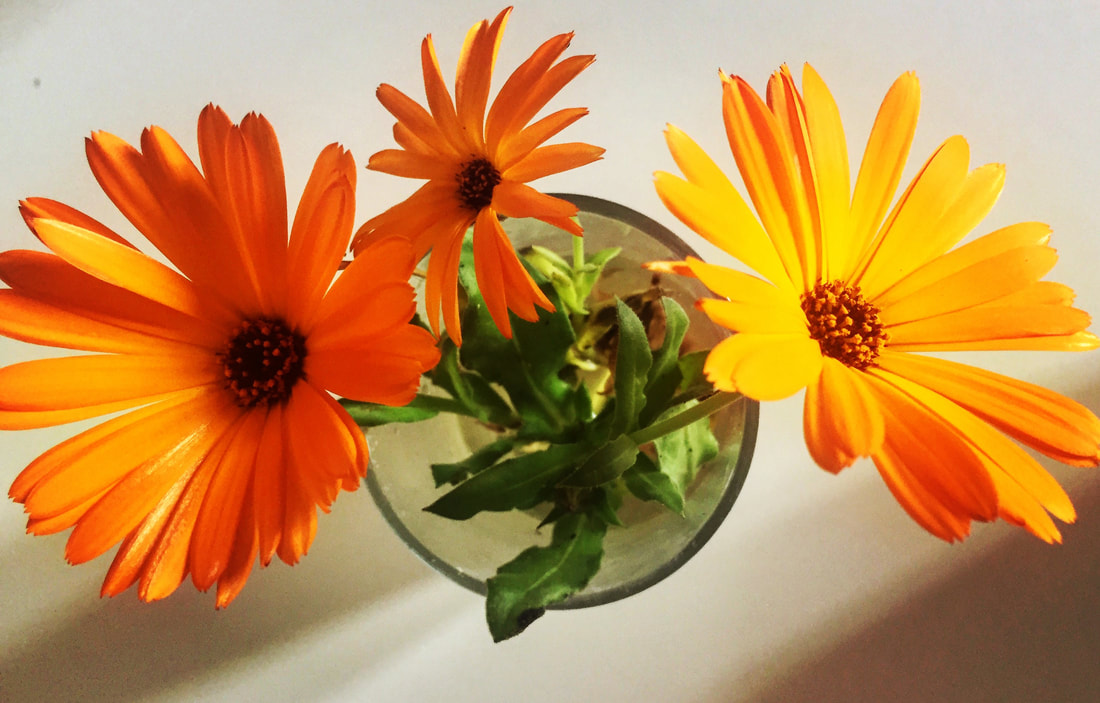
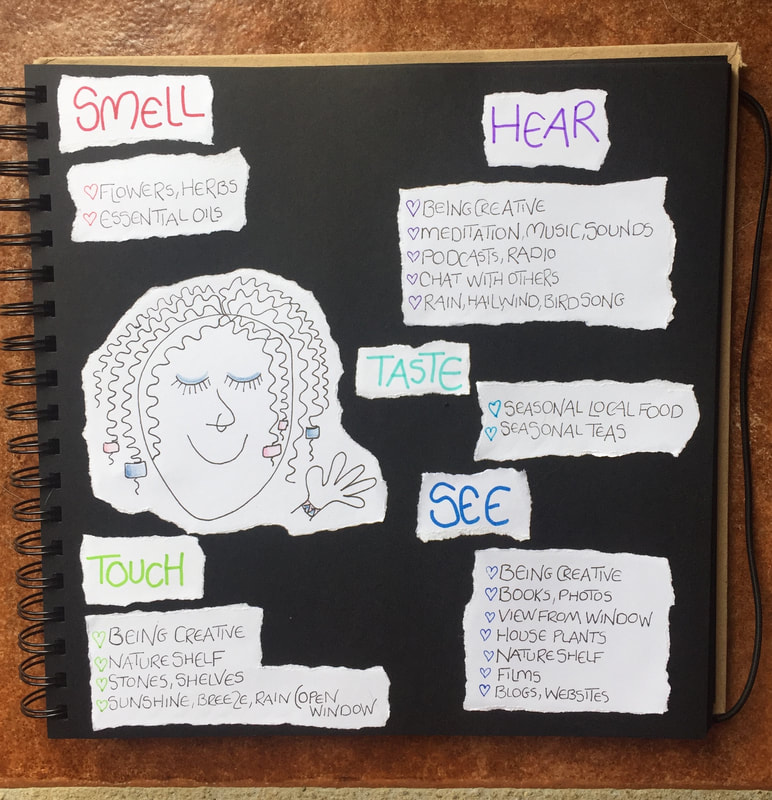
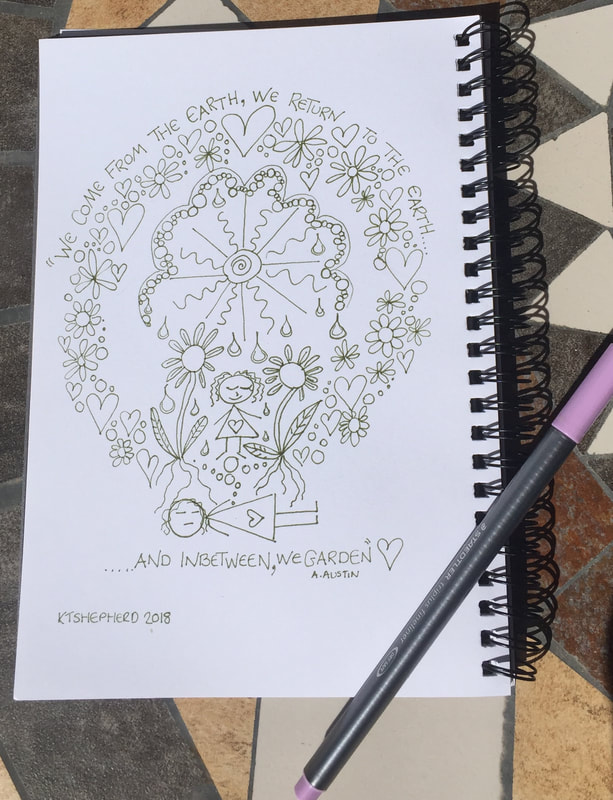
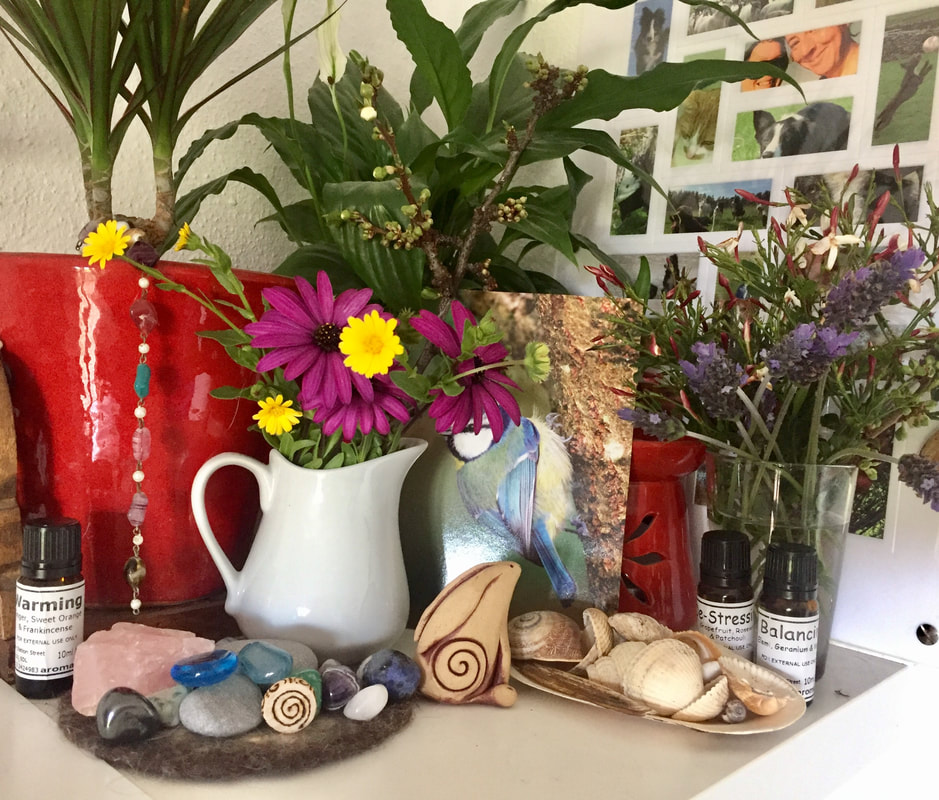
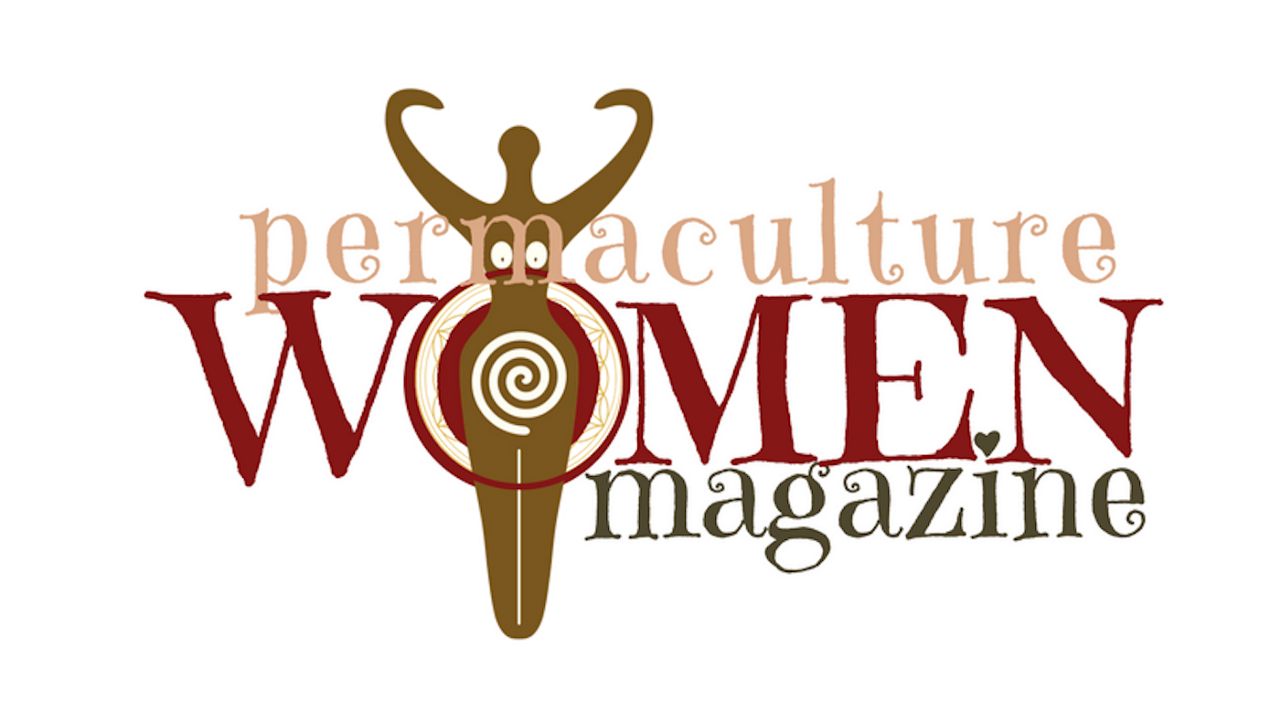
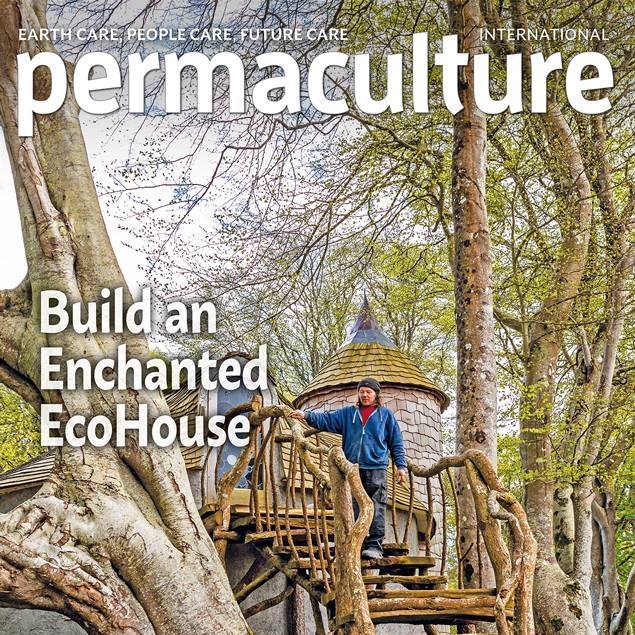
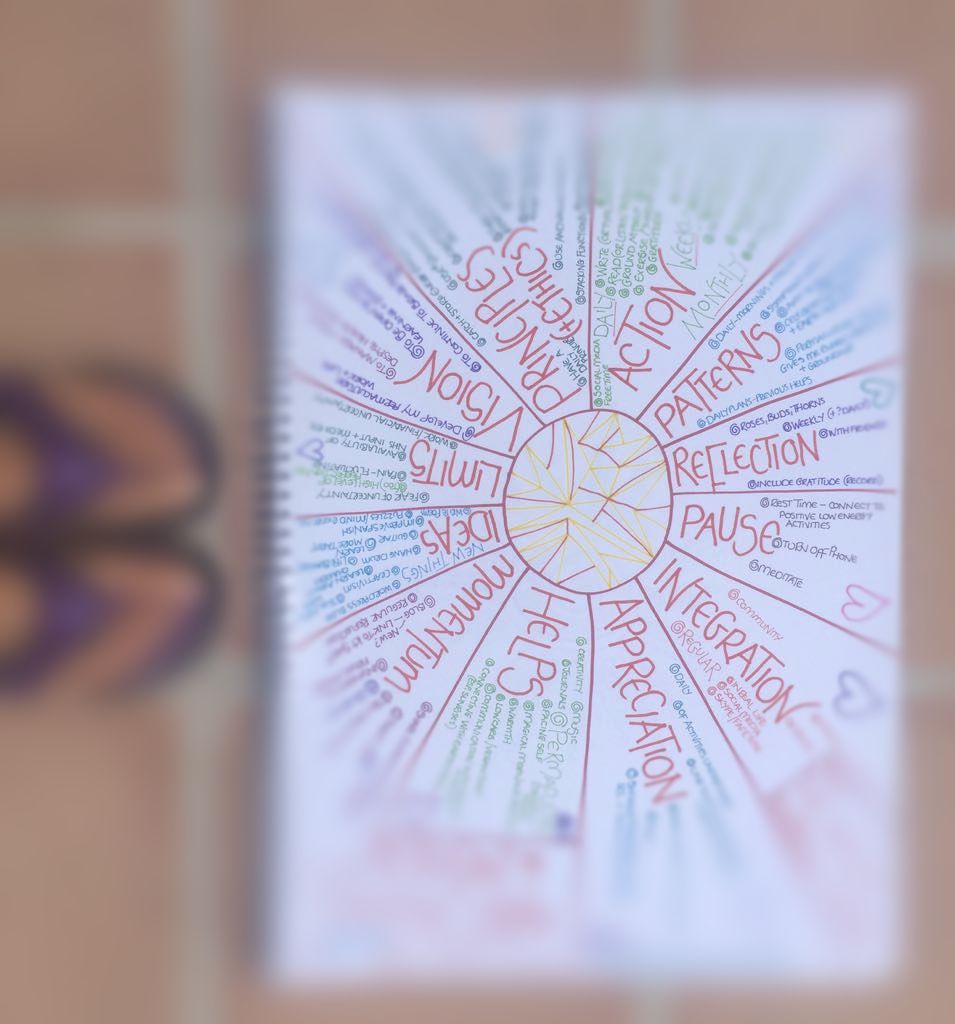
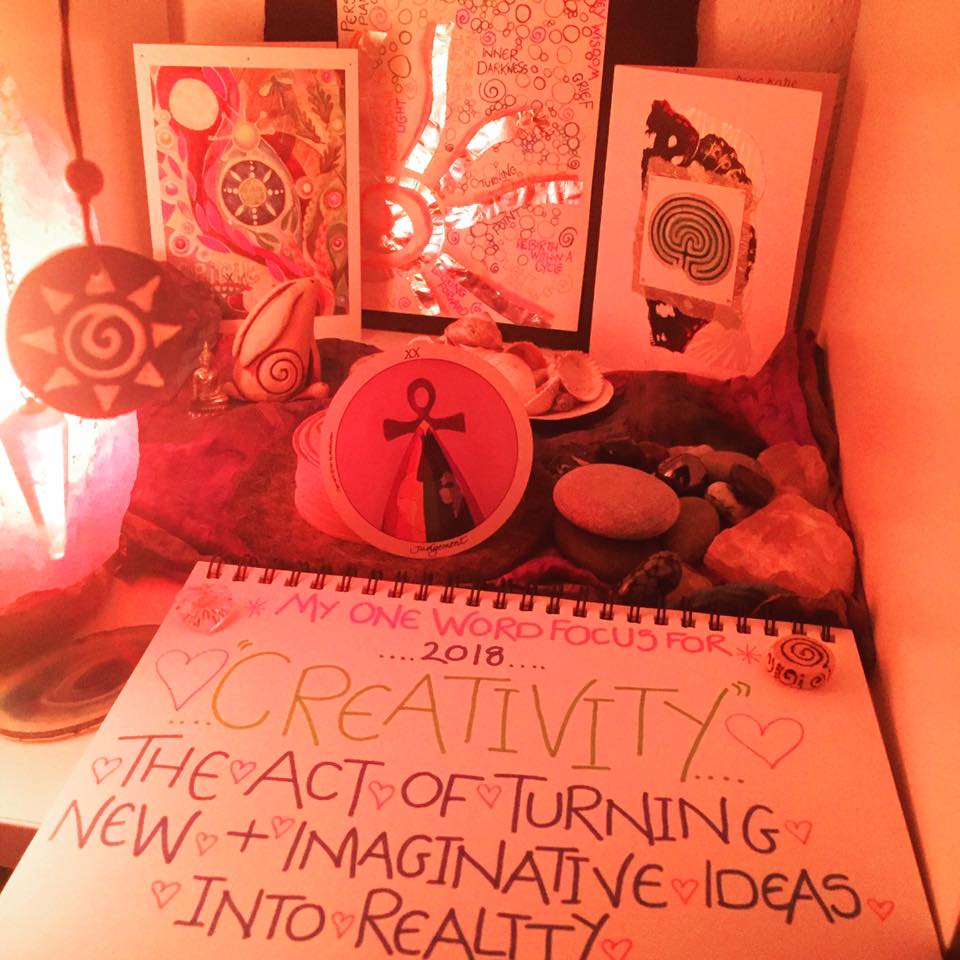
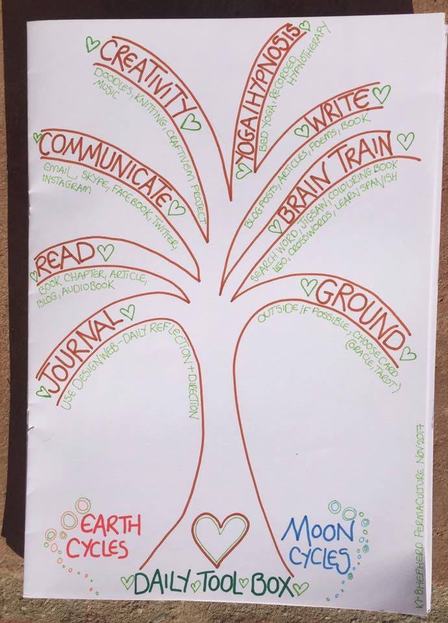
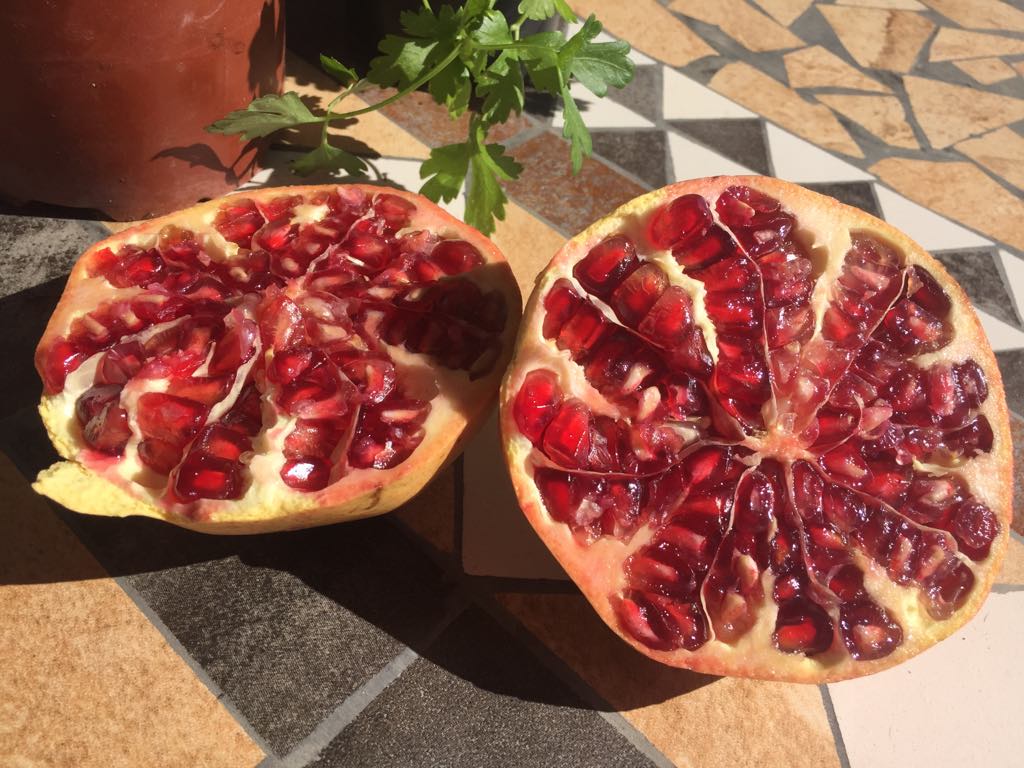
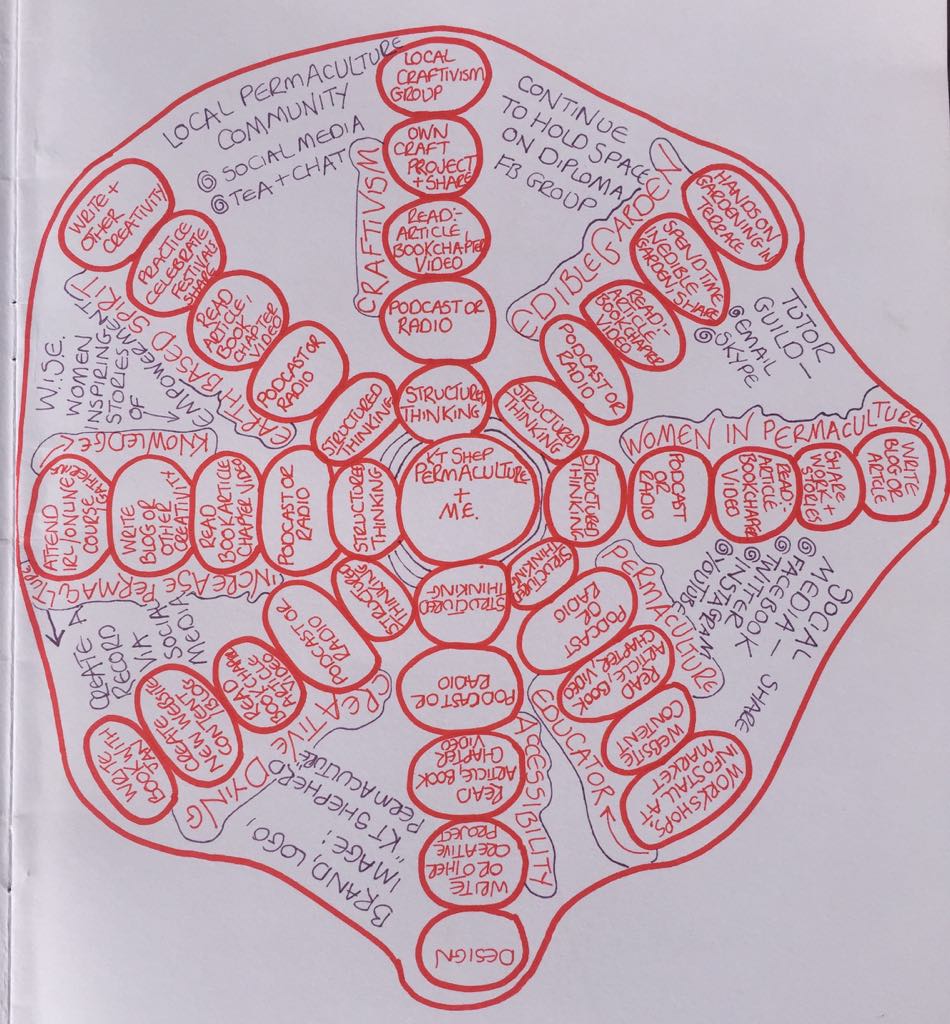
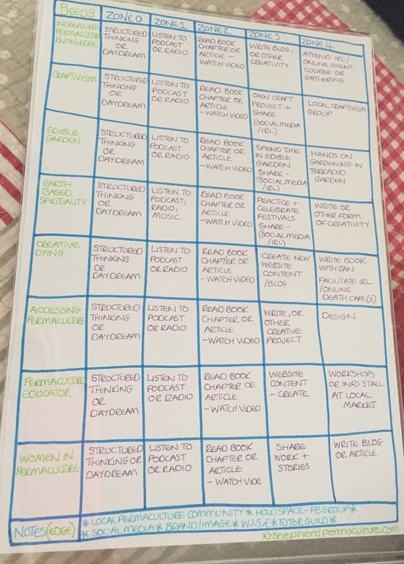

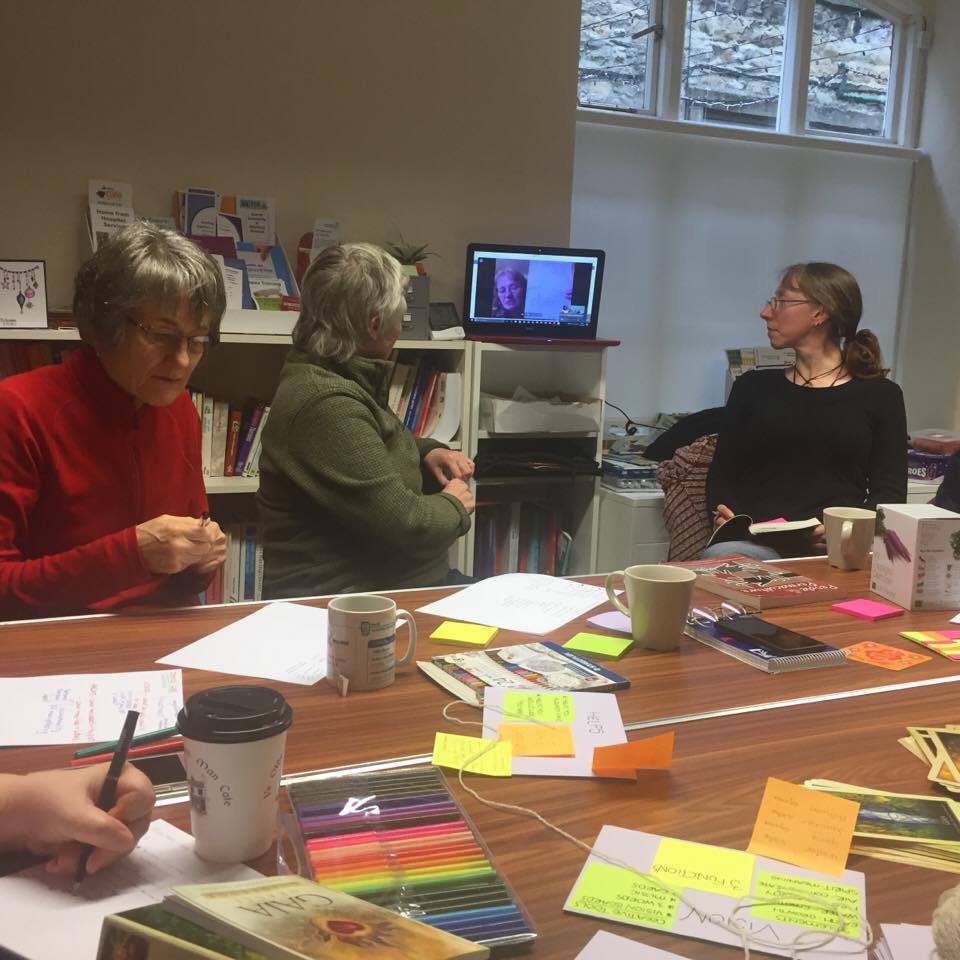
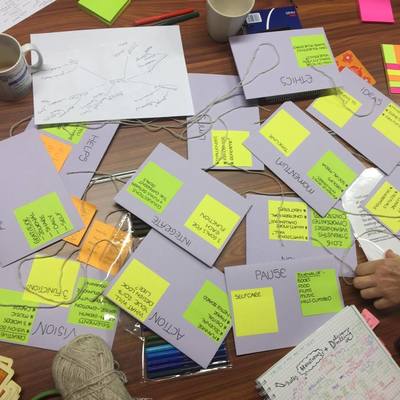
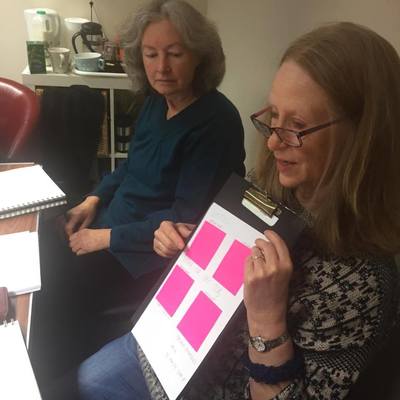
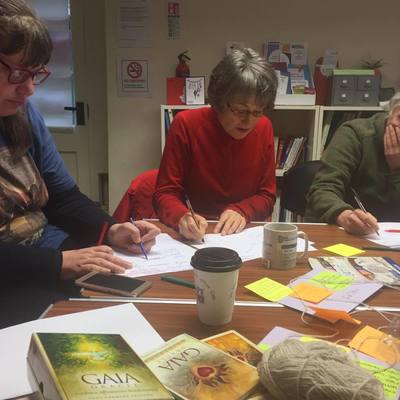
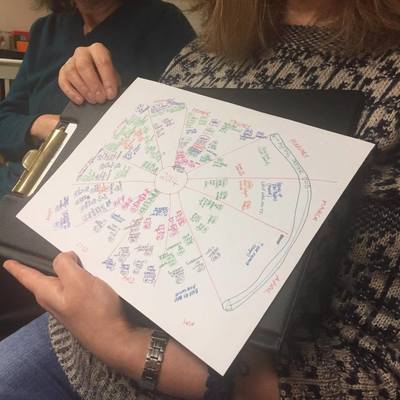
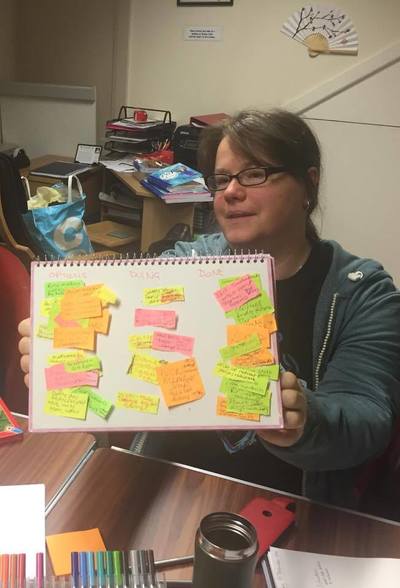
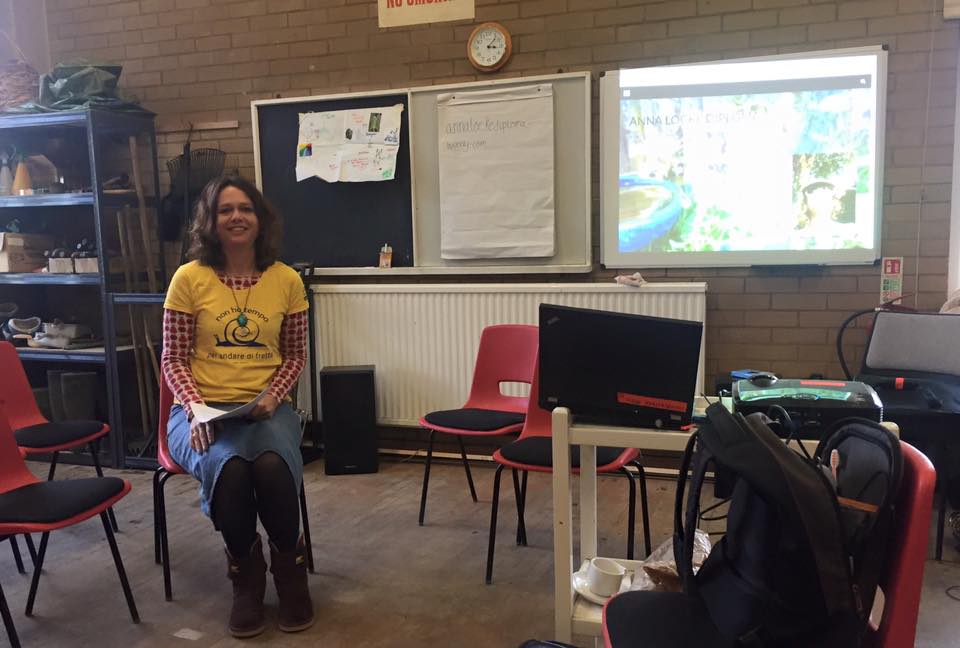
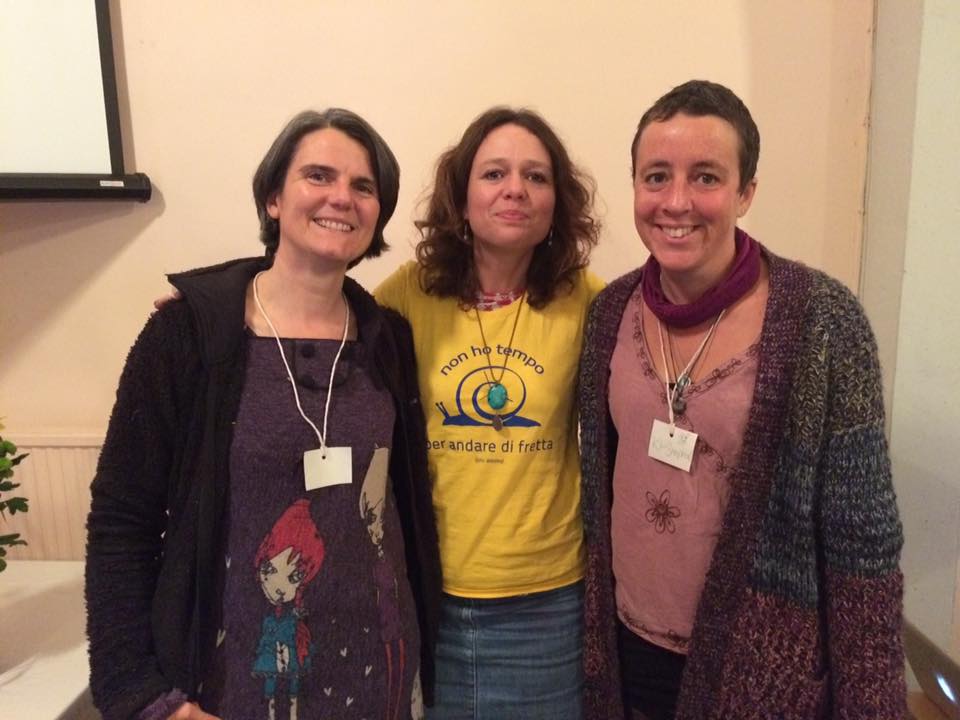
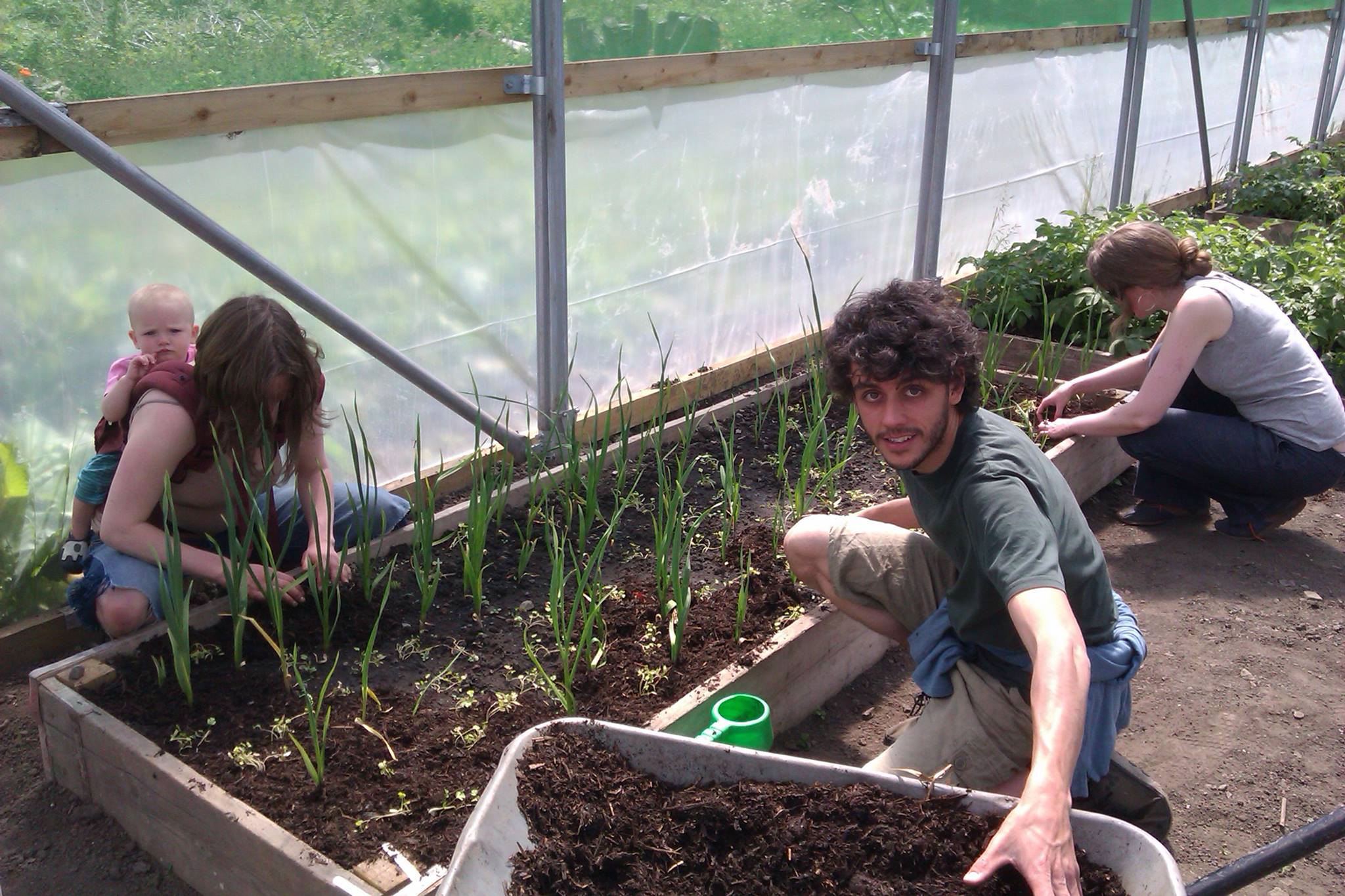
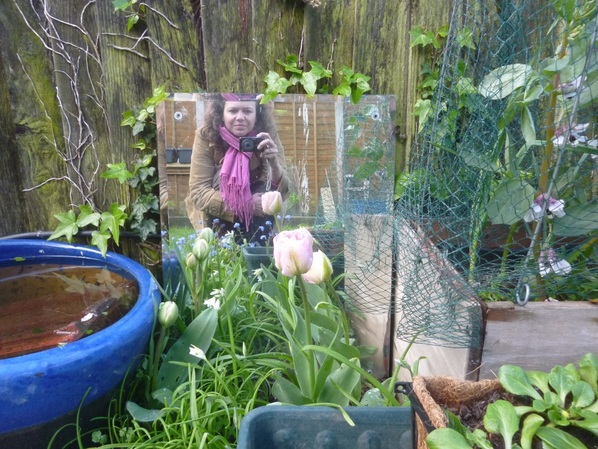
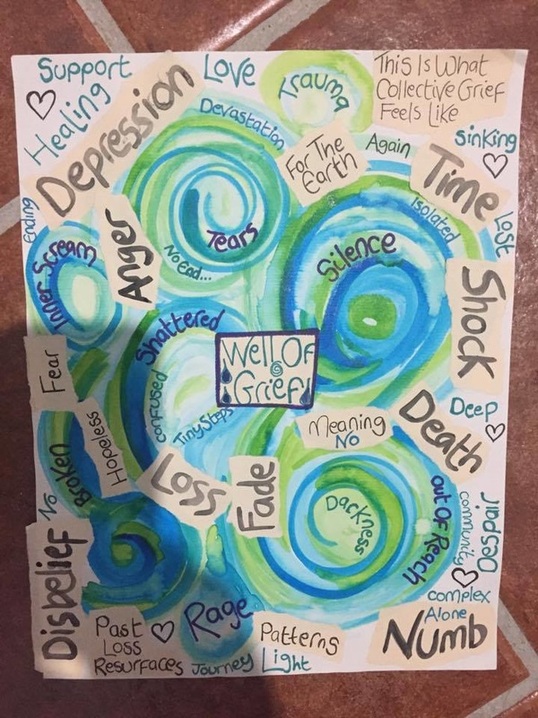
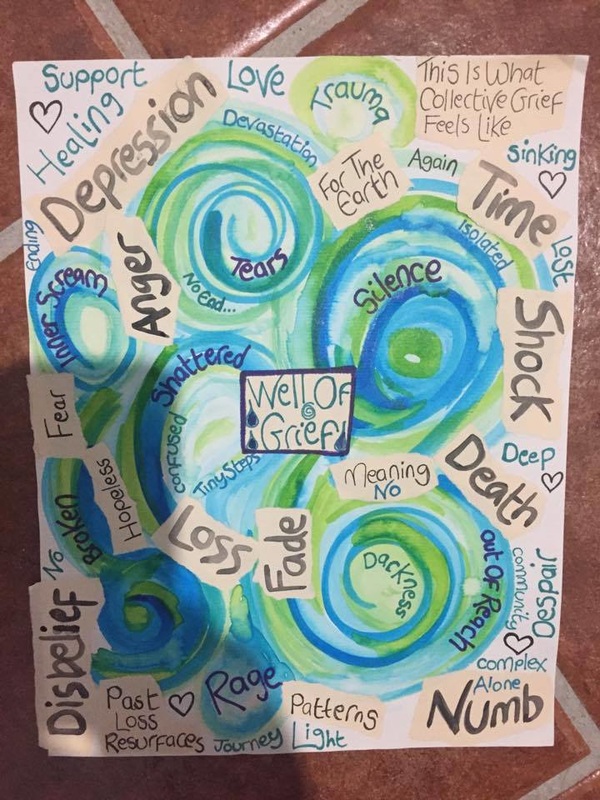
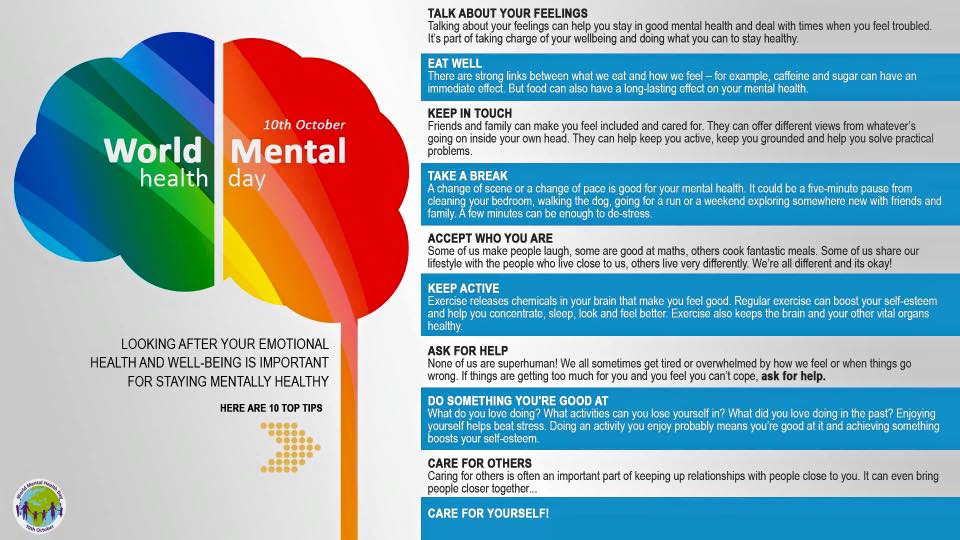
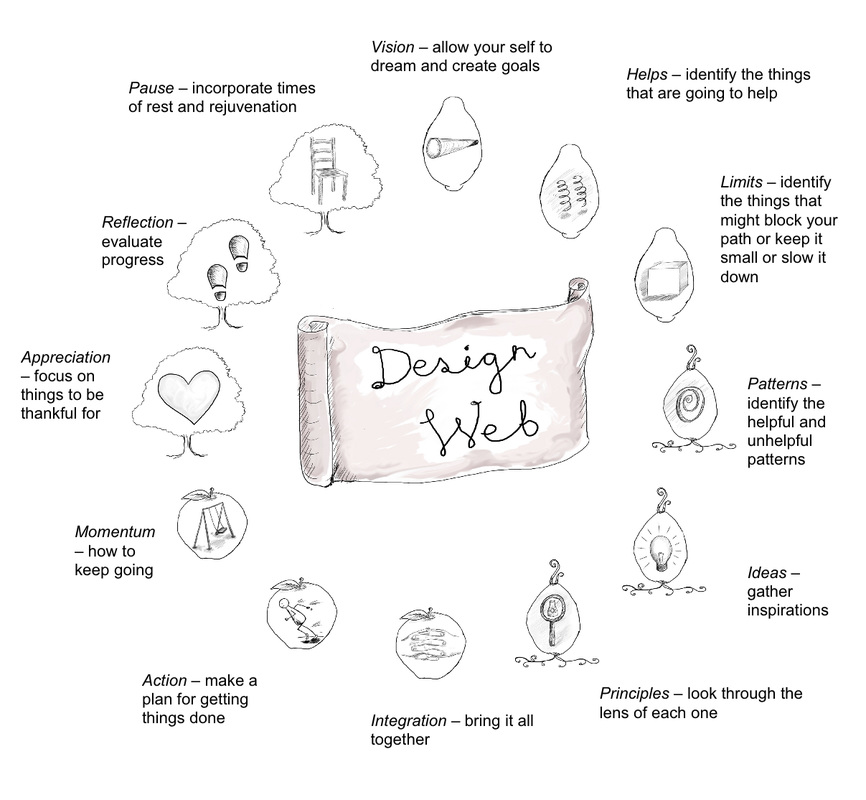
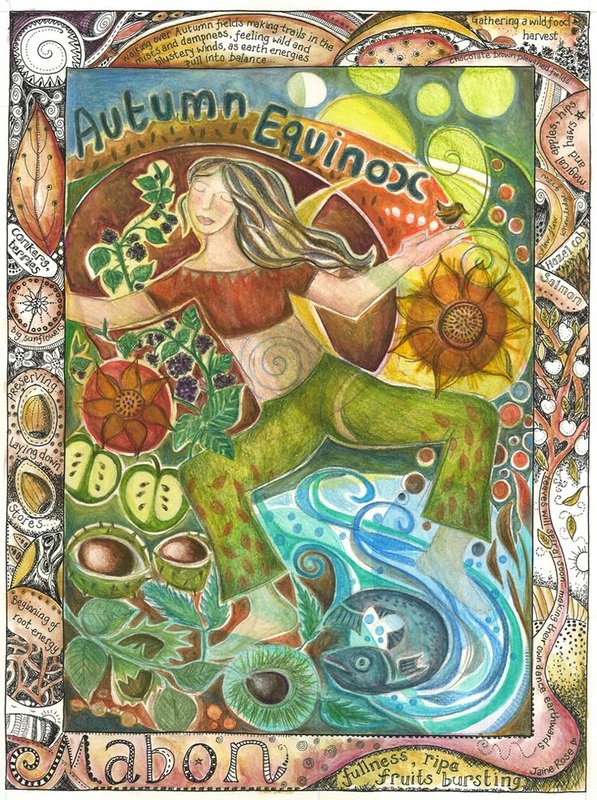
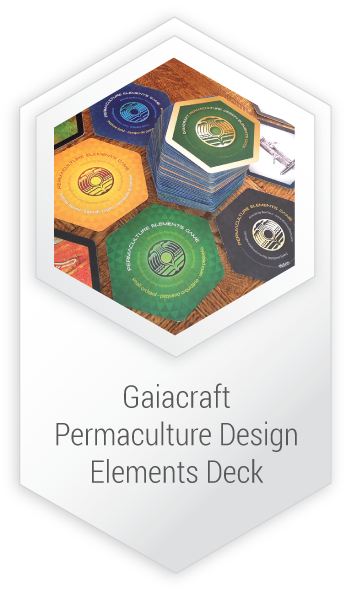
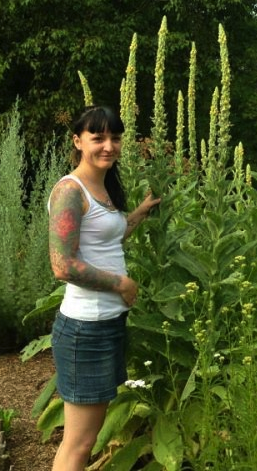
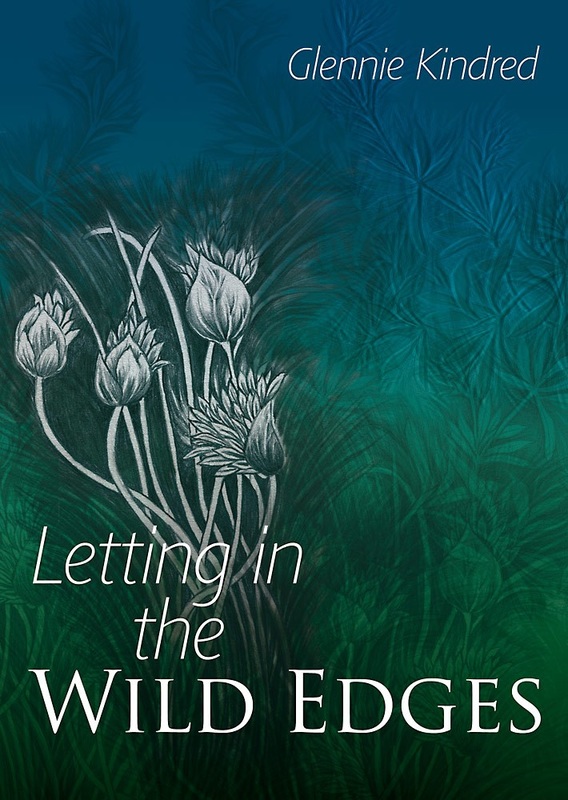
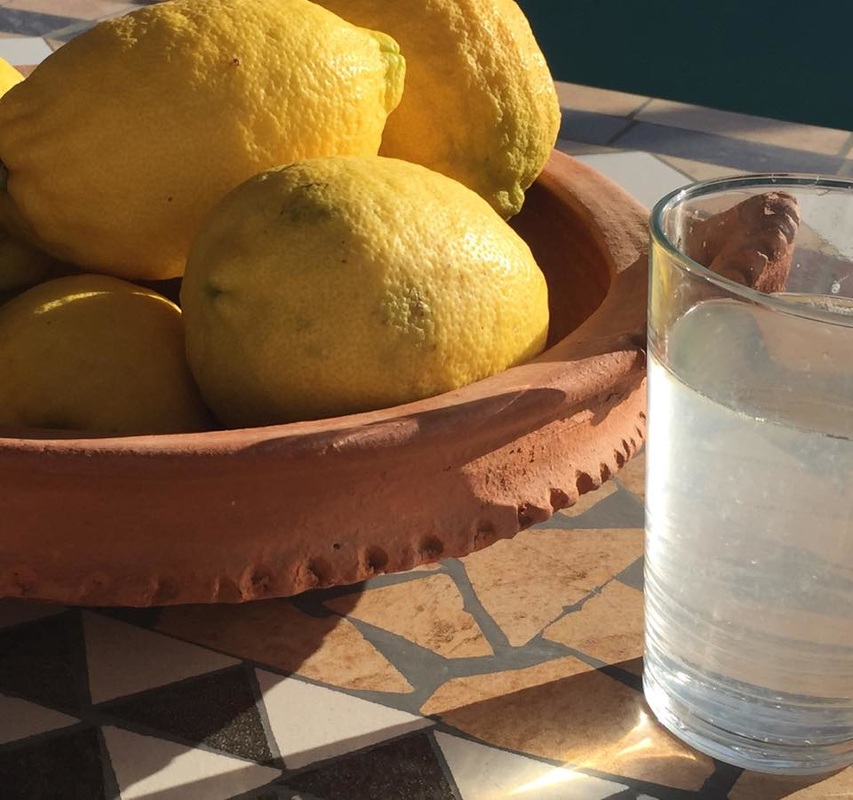

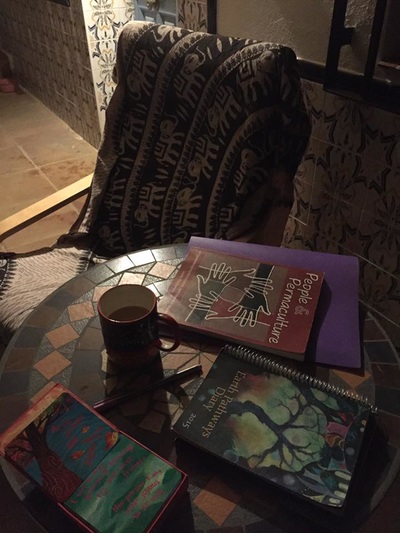
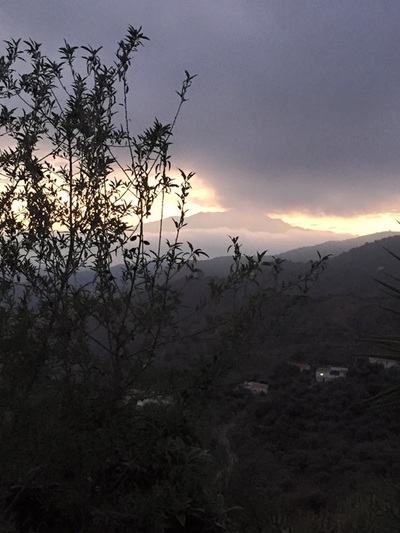
 RSS Feed
RSS Feed